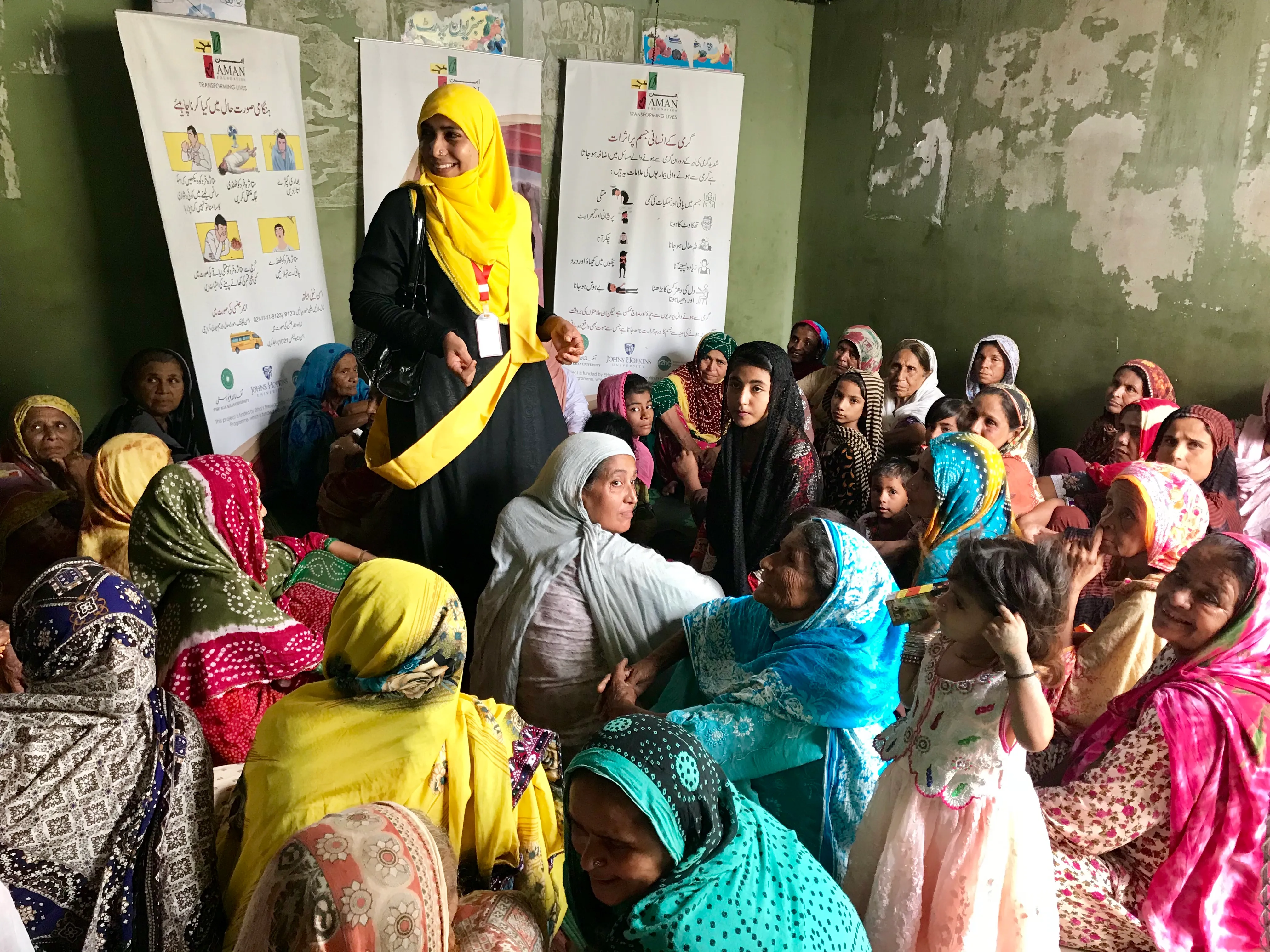Communicating Technical Evidence

In the aftermath of a disaster vast resources are deployed in the assessment of damage, humanitarian needs and vulnerability to hazards. There is however a mismatch between this analysis and its capacity to support recovery. It should inform and influence technical ministries, broaden the palette of tools used in the humanitarian shelter response and enable people affected by the disaster to adopt, reject or critique this advice. Are humanitarian shelter organisations reinventing the wheel each time? Are opportunities to build back safer being missed? Can technical experts agree about and highlight underlying weaknesses in the built environment? And does any of this reflect the reality of how and why people dwell as they do?
This consortium reviewed 90 examples of advice and analysis from three recent earthquakes. We assessed the documents for their length, timeliness and focus. We also explored whether they helped to shed light on humanitarian priorities or the shelter processes that were at play in the context. We built visual pictures (or bubble plots) to look at gaps in the evidence base and at opportunities to marry up what we already do. We expected some of the results but the subtleties were surprising.
Useful titbits of information that could genuinely have enriched the analysis of the context in decisions and planning were often lost in long consultancy reports, not incorporated alongside information that was relevant to immediate priorities, mixed in with generic advice or only synthesised long after they might have supported humanitarian shelter decisions. Some excellent pieces of work had little or no impact as they were not published and disseminated until well after their “window of usefulness” had expired.
Different types of evidence: what’s your flava?
The first result of this review was to categorise the typical documents. We pooled all our examples of technical evidence – the documents we either produced or referred to in our post-disaster analysis – and organised these documents in terms of who usually makes them and who might use them:
• Disaster-specific evidence produced or used by Humanitarian Shelter Organisations (HSO): standalone maps and images and humanitarian project documents (assessments, plans and process evaluations)
• Disaster-specific evidence produced or used by researchers engineers, development banks and the international private sector: technical assessments such as damage assessments, risk or hazard assessments, diagnostic or advisory reports, exploratory/experimental reports
• Learning or knowledge management documents produced or used by Humanitarian Shelter Organisations (HSO): case studies and procedural guidelines.
• Learning or knowledge management documents produced or used by the built environment sector: design criteria such as structural design parameters, building codes, general design briefs, general construction principles, instruction manuals, standard designs and design options catalogues
Do you recognise these categories? Are you a producer or a user of any of these documents? We found that whoever had commissioned the work and whatever the motivation, the technical teams often stated that they hoped to make a contribution to the relief effort. That’s a great start but was it enough?
Visualising the evidence




This work confirms that unless analysis and advice is on time, succinct and helps to answer questions about immediate humanitarian priorities, it is likely to get overlooked in the decisions and plans made by the humanitarian shelter sector even if it reveals a lot about housing and shelter processes. The consortium team’s experience of hunting for evidence in “peace-time” mirrors what happens after a disaster. Navigating the substantial body of evidence built up before a disaster requires resources and clearly defined responsibilities and relationships. Whether this evidence could be shared and used depended on strong institutions on the ground - ministries, universities and civil society organisations – their ability to hang on to knowledgeable staff between disasters and our ability to connect to those people and track down their paperwork. The solution is not simply about a general call for collaboration between the private sector, academia and humanitarian agencies but about targeted collaborations that address gaps in knowledge and communication, join up the things we already do and force us to think in new ways.
Stay updated
Sign up for our newsletter to receive regular updates on resources, news, and insights like this. Don’t miss out on important information that can help you stay informed and engaged.
Related articles



Explore Elrha
Learn more about our mission, the organisations we support, and the resources we provide to drive research and innovation in humanitarian response.